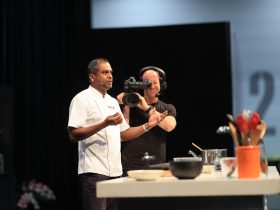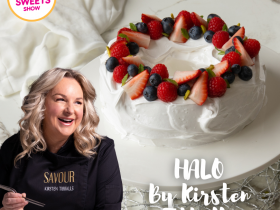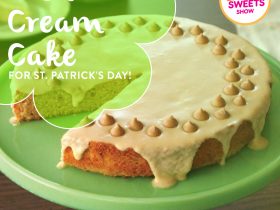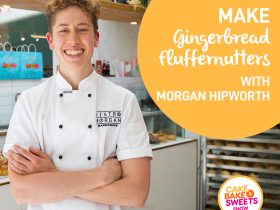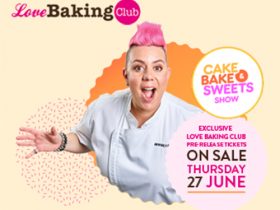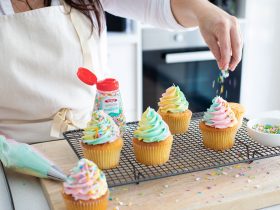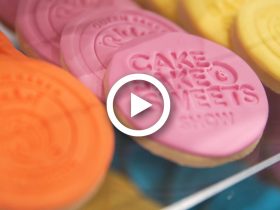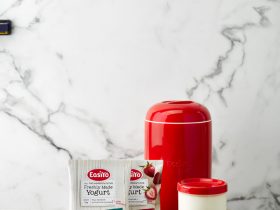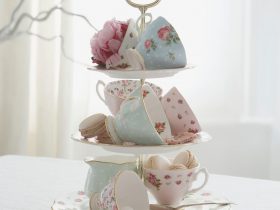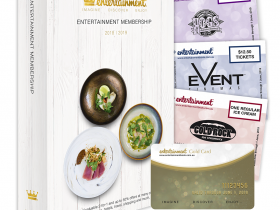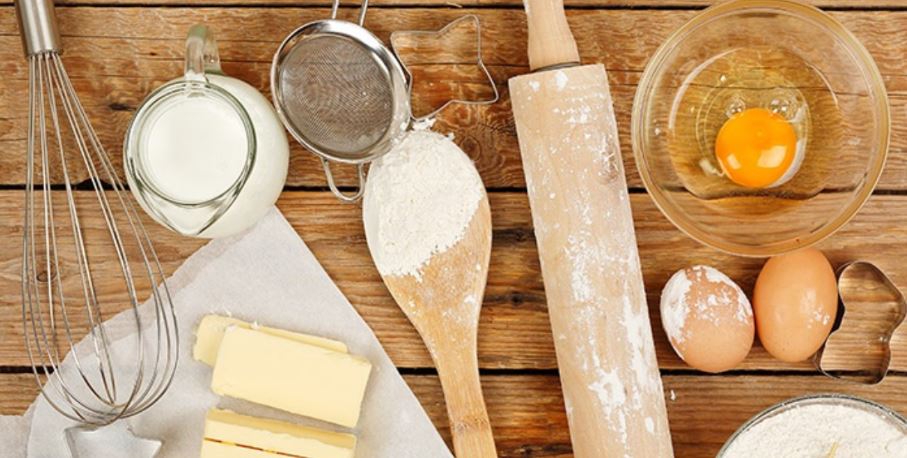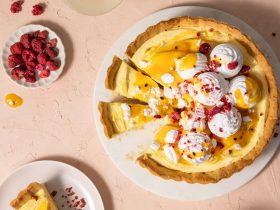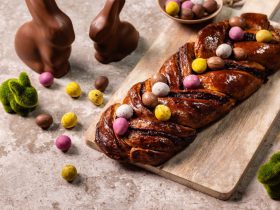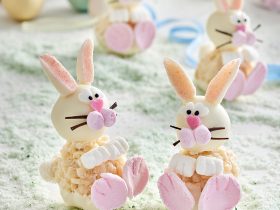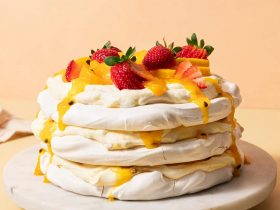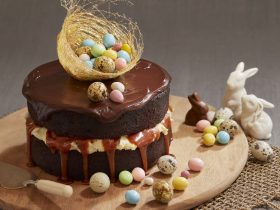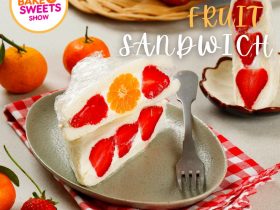If you are like me, and just starting out as a home-baker, you might be interested in these tips that I’ve been given from some of the best home-bakers around (including my Mum). Here are a few of my favourites…
- Use silicone baking mats or baking paper to prevent those stuck-on messes. Even when the recipe calls for ‘greasing a pan’ – I still use baking paper as well.
- Make sure your cookie dough is nice and cold before you start baking. This can be the difference between a flat, burnt mess and a beautifully baked cookie.
- Get a plunger-style measuring cup to get the perfect quantity of those harder-to-measure ingredients. It is better at getting the exact amount you measured, out of the measuring vessel – to be more accurate.
- Don’t over-mix your dough when baking cookies! Just trust me on this. Stir until it literally just comes together, then leave it alone.
- Measuring cups vary. Get a digital scale for the precise quantities your recipe requires. Not all measuring cups are made equal. If you measure one cup of flour 50 times, it’ll never be the same weight, but 250 grams will always be 250 grams.
- Make sure your ingredients are at room temperature before you start. Room temperature matters! You want room-temp ingredients for consistency in your recipes. Most call for beating butter and sugar together. This is easiest and creates nice fluffy baked goods when butter is room temp. Adding cold eggs to your butter-sugar mixture means all your hard work down the drain. It will make ingredients ‘seize’ into chunks which never fully mix with your dry ingredients.
- Good solid cake tins. They really make cakes bake more evenly. Try a couple of different ones (including non-stick) to see which ones get the best results.
- Make sure your eggs and sugar are actually beaten until they’re pale and thick, if the recipe requires it. When recipes call for the eggs and sugar to be beaten until pale and thick, SERIOUSLY FOLLOW THIS. It makes a world of difference!
- Get an oven thermometer, especially if your oven doesn’t have one or you suspect it’s broken. Most ovens are not accurate, and in baking, this can be crucial.
- Melted butter is NOT the same as softened butter. Hard butter is far too difficult to mix with your ingredients, which is why many recipes ask for softened butter. Meaning, it’s still a solid but its soft enough to break apart and mix in. If you need to soften your butter, you can throw it in the microwave on low to soften, but don’t melt it.
- Use icing sugar — instead of flour — to roll out your dough. The icing sugar melts into the dough while baking and doesn’t leave a white dusting on your sweet treats
- Follow every step of the recipe. Every. Single. Step. Follow the directions! If it calls for a cup of flour, measure out a cup of flour. If it says you need baking soda, don’t substitute baking powder and call it close enough. Cooking may be an art, but baking is a science. If you don’t follow the directions you won’t get good results.
- Cookie dough scoops or melon-ballers save time and make your cookies a consistent size for even baking. Dip in hot water between scoops so the batter slides off easily.
- Set up all your ingredients before you start mixing and baking for a smoother process. As I like to say… fail to plan, plan to fail ☺
- Baking takes time, so set plenty aside before you even get started. Remember to allow time for things like – cooling, rising, setting etc.
- “A pinch” means at least 3 fingers. When a recipe calls for a pinch — normally of dry ingredients like salt, spices, or sugar — what it’s really telling you is that it needs about 1/8 teaspoon. To get this, take your thumb, index finger, and (depending on the size of your hand) your middle finger to get just about that much.
- Make sure to use high-quality ingredients, like vanilla, to get the best results. Good quality vanilla is one of those things you should ALWAYS splurge on.
- Get yourself a sieve because at some point a recipe is going to ask you to sift something.
- Flour your pans with the same dry mixture you’re baking with. When making a cake that requires you to grease and flour the pan, don’t use plain flour. If you’re making it from scratch, mix up all your dry ingredients first and ‘flour’ the pan with that mix. Dump any excess back in your bowl and continue as normal. When it’s done, the outside looks better because it is the same colour and you never end up with that bite that tastes like plain flour
- Step up your zesting game and invest in a microplane zester. A microplane zester is great for any zesting. They do tend to be harder to clean. I found that a toothbrush is the easiest way to clean one.
- Get yourself a cooling rack to make sure your treats are the perfect temperature. Make sure your cake is COMPLETELY cold — not even a hint of warmth — before you ice it.
—-
Written by Nerida Conway
Nerida Conway is the founder and director of popular food and lifestyle website ‘That Food & Wine Show’. She hosts the associated radio podcast which features on iTunes and Virgin Australia’s inflight entertainment, and she co-hosts Talking Lifestyle’s live national 1 hour radio programmes ‘Wine & Dine’ and ‘Living Fresh’ – up to 4 times per week.
For her full bio, click here.



